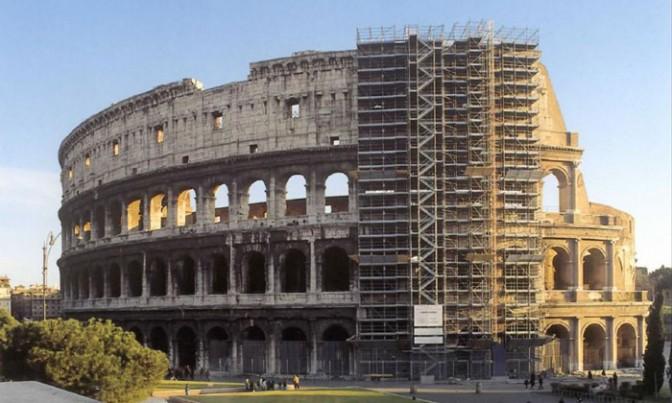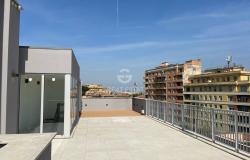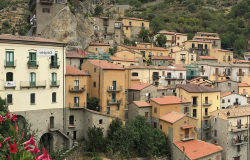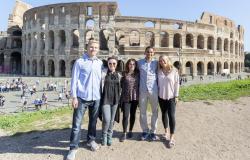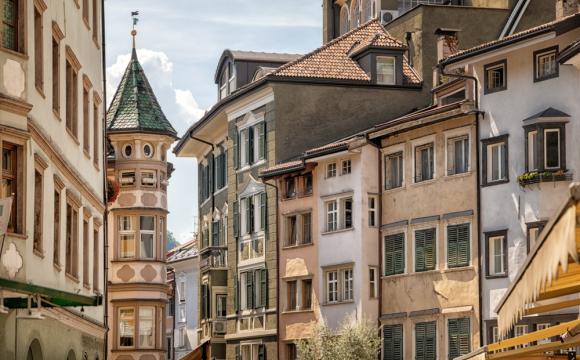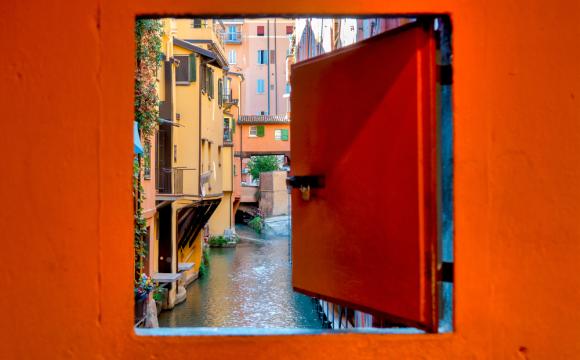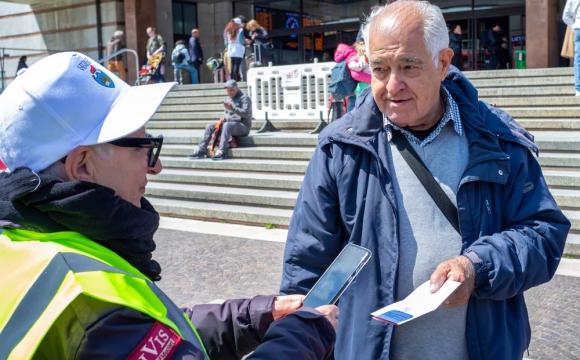Ivory white, ochre and red hide under a blanket of soot caused by dust and smog at one of the world’s most famous monuments, the Colosseum.
Over the course of three months, 14 pillars have been cleaned to reveal the warm hues of Roman stone, giving a glimpse of what the Colosseum may look like once the restoration work is completed.
Travertine, the construction material used to build the Colosseum, which came from nearby Tivoli, was an ivory white.
Traces of red paint were also found, perhaps signs used to mark the location of the travertine blocks; horizontal stripes with an earth color as well as color shades of the Roman countryside, which covered the amphitheater until the 18th century, have also resurfaced.
“The world will be surprised to discover the Colosseum’s true colors,” Rossella Rea, director of the Colosseum, said. “And I'm sure that, when the scaffolding is dismantled, the Colosseum will be able to surprise even us, who work on it every day."
The 25-million euro restoration project began last December and is expected to take five years to complete. It is funded by Diego della Valle, CEO of the fashion and luxury design brand Tod’s.
